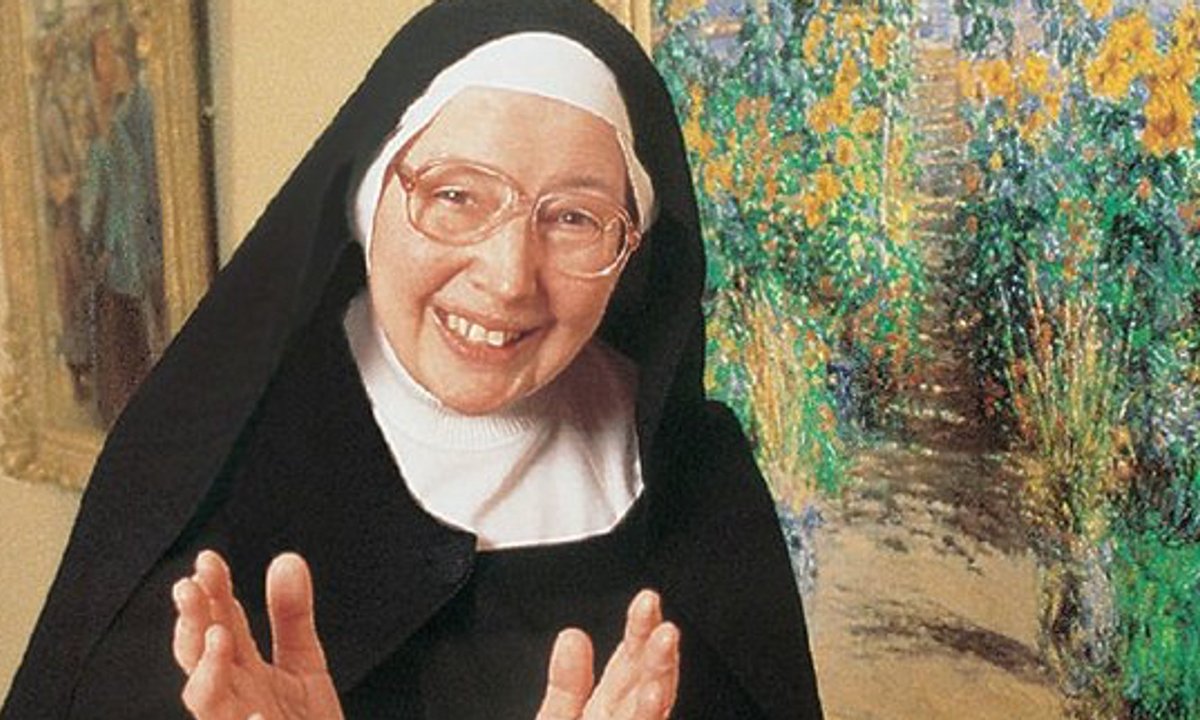
Direct Entry to Central Park West | Living on the UWS 1990’s
Living in New York City opens the doors to amazing cultural experiences—the Met Opera, Broadway theaters, world-class museums, and art galleries in every neighborhood. What started as a weekly commitment to experience something cultural slowly became a daily practice. Much of that change came (circa mid 1990’s) from watching an unlikely television personality: Sister Wendy Beckett (it was on VHS too!).
Sister Wendy Beckett was a British nun who became famous in the 1990s for her BBC art programs. She had a unique gift for explaining art without fancy language, making masterpieces feel accessible to everyone. She believed art was for all people, not just experts.
Sister Wendy wasn't your typical art historian. This British scholar, who spent much of her life in contemplative solitude, had an extraordinary gift for making centuries-old masterpieces feel immediate and alive. Through her groundbreaking BBC programs like "Sister Wendy's Odyssey" and "Sister Wendy's Story of Painting," she brought art history into millions of homes with an approach that was revolutionary in its simplicity.
What made her special wasn't academic jargon or intimidating expertise—it was her genuine belief that art belonged to everyone, combined with her gentle and factual approach to grounding each piece. Standing before a Caravaggio or a Van Gogh, she spoke directly to viewers with warmth, clarity, and infectious enthusiasm. She had this remarkable ability to strip away the barriers that often make people feel art is "not for them," revealing instead the human stories and emotions that connect us across centuries.
Her influence on my New York cultural journey was profound. Sister Wendy showed me that approaching art—whether at the Metropolitan Museum or discovering pieces in gallery windows—wasn't about having the "right" knowledge or background. It was about being present, curious, and open to what each work had to offer. Her passionate, accessible commentary taught me to look not just with my eyes, but with genuine attention and wonder.
That weekly cultural habit evolved into something much richer partly because Sister Wendy demonstrated that every encounter with art, no matter how brief, could be meaningful, inspiring emotions and deeper understanding. Whether catching the opera at Lincoln Center or spending twenty minutes with a single painting at the Frick (love love love and so glad it's finally reopened!), her approach reminded me that cultural engagement wasn't about checking boxes—it was about allowing art to enhance and illuminate daily life.
Sister Wendy passed away in 2018, but her impact lives on in everyone who learned to see art as she did. Not as something distant or academic, but as a living conversation between human creativity and our own experiences. In a city overflowing with cultural opportunities, she showed me how to make each encounter count.
This part of my life has added to my sponge-like approach to being an observer and has served me well. I am forever grateful to Sister Wendy and many other historians.





